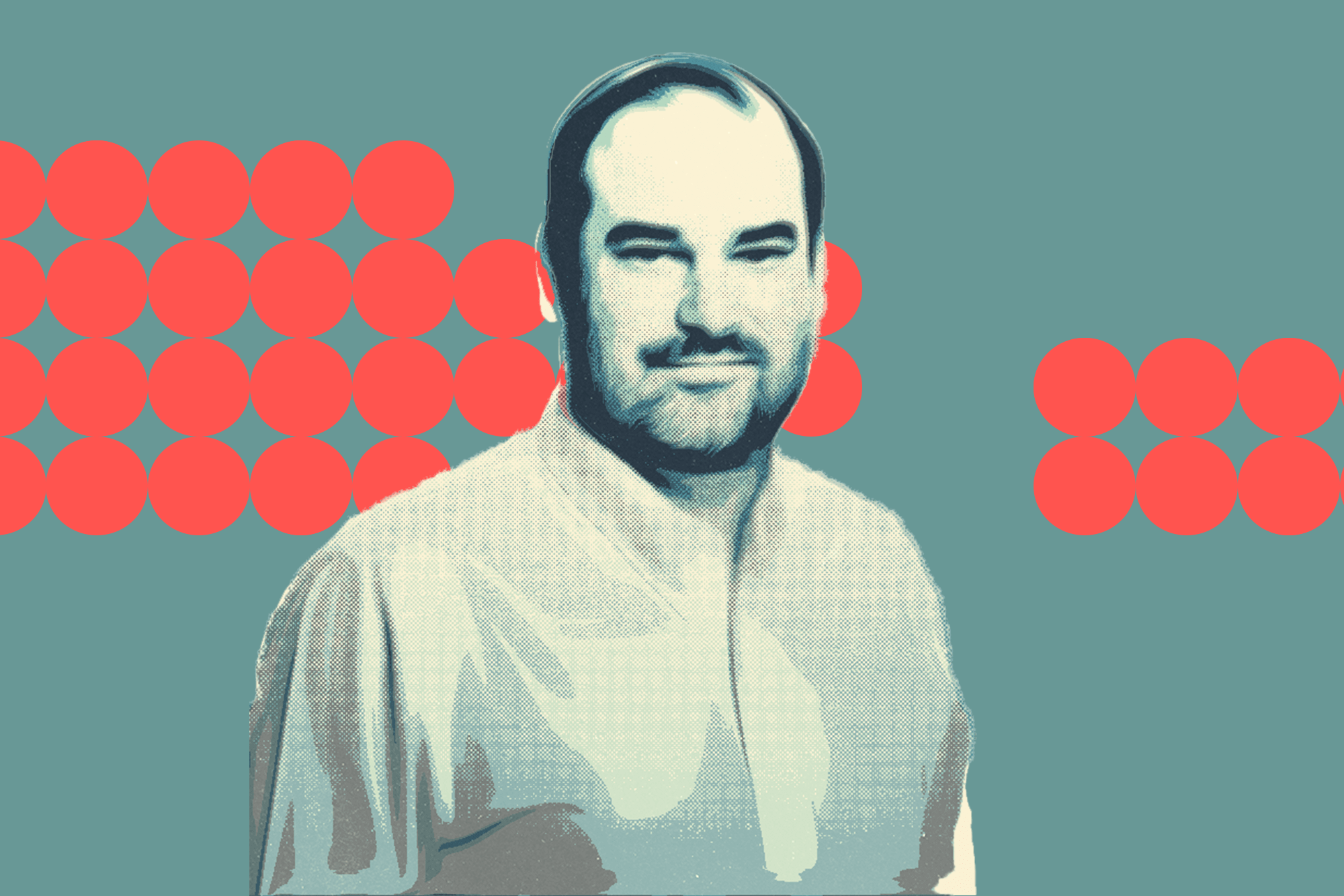
Get the latest climate technology news directly to your inbox.

Photo credit: Skydio

Photo credit: Skydio
It’s been just over six months since PG&E became the first utility in California to begin conducting fully remote drone operations for electric system inspections.
The program, which is now out of beta testing and has reached the proof of concept stage, currently encompasses seven drone docks: from Pismo Beach, on the southern California coast, inland to Redding, three hours north of San Francisco.
- The top line: PG&E has several use cases it hopes the remote drone fleet will ultimately serve, including automatic remote line inspections, remote hydro inspections, and even fenceline security for certain assets. But the utility still has a host of challenges in making those plans a reality, from FAA waivers and faulty connections in rural areas to the quality of the drones themselves.
- The backstory: The autonomous drone program is a subset of a broader, 180-drone program that dates back to 2019. At that point, drone operators would head out into the field — sometimes over hard-to-access terrain — to operate the drone and capture images. The program grew quickly; within a year of initial deployment, more than half of inspections were conducted with the help of drone images. Today, it includes 12 pilots, plus three who focus specifically on remote drone operations from a centralized control room.
- The current take: Jon Teach, who leads the development of PG&E’s remote drone operations, described the potential of autonomous inspections as “a complete game changer” for the utility industry. But nonetheless, he sees a need to tread carefully: “you don’t want to move too fast because you need to be risk averse, and safety is paramount,” Teach told Latitude Media.
The first day that Teach and his team flew drones out of a dock, they struggled with missed landings and a slew of other issues. In the last six months, however, they’ve made major strides: according to Teach, PG&E is rapidly approaching truly remote and autonomous line inspections.
The utility received approval from the Federal Aviation Administration to conduct autonomous drone operations for a variety of inspections back in September. Since then, Teach said, PG&E has seen a major jump in its remote drone operations. By mid-April, the utility had already conducted over a thousand flights since the start of 2024. That’s compared to the 700 flights they put up in all of 2023.
Later this summer the company hopes to nearly double the number of docks around the state; and in the next six to 12 months, it plans to nail down key use cases for deployment.
Teach said the team’s focus in the near-term is building a strong foundation for the program, so that it can easily scale: “Once all the software, hardware, and regulations align, it’s going to move fairly quickly from there, and then expand exponentially,” he added.
The “golden egg” of autonomous drone programs is something Teach calls “launch to alert”: a fully autonomous system that alerts a drone when a sensor on a wire detects a fault, flies the drone to the indicated location, and determines whether there is in fact a fault.
A system like that would take inspection processes from hours down to mere minutes, he added. But PG&E’s operations aren’t quite there yet.
Teach said the program’s biggest challenge is connectivity. Drones are currently connected either through wireless broadband, or through Starlink, the satellite internet offering from Elon Musk, for more remote or mountainous locations.
“We’ve run into issues with some of the substations having very spotty connectivity when it comes with LTE,” Teach added. “We’ve been working with our IT to add the dock as a system we can hardwire into our network, which, in a big company like PG&E, is a hurdle.”
From podcast ads to drop-in episodes, see how you can position your brand as a thought leader on the Catalyst and Carbon Copy podcasts.

From podcast ads to drop-in episodes, see how you can position your brand as a thought leader on the Catalyst and Carbon Copy podcasts.

From podcast ads to drop-in episodes, see how you can position your brand as a thought leader on the Catalyst and Carbon Copy podcasts.

From podcast ads to drop-in episodes, see how you can position your brand as a thought leader on the Catalyst and Carbon Copy podcasts.

Getting the tech right
Teach and his team tested out several types of drones before landing on PG&E’s current pick for both drones and docks: Skydio, a San Mateo-based company that has the backing of investors like Nvidia, Siemens, Lockheed Martin, and Andreesen Horowitz.
Skydio’s drones have six navigation cameras and an NVIDIA Jetson Orin GPU on board. And rather than rely on GPS for navigation, the drones use a predictive artificial intelligence algorithm and a range of sensors. Nonetheless, Teach said the system isn’t quite ready for conducting unmanned inspections.
“The sensor just doesn’t meet the quality that we need,” he said, adding that he’s hopeful the next generation of docks will take PG&E’s program to the next level; they promise better range, better cameras, and a range of other improvements to the hardware itself.
Spreading the word
PG&E isn’t developing its autonomous technology in a vacuum — other utilities are drone-curious as well, and lines of communication are open, even before the technology has been perfected.
“We have a very open relationship with these larger utilities,” Teach said, “because we’re not really competing with each other, we’re more just helping each other out.”
Those conversations provide PG&E with “good benchmarking” as to how the outcomes of its program line up with what others are doing. If a drone malfunctions, for example, Teach said his team notifies other utilities that use the same type of drone, “just so that they can be aware.”
Teach pointed to utilities like Southern Company, Duke, AEP, and Florida Power and Light as others experimenting in the space. He described this group of companies piloting remote and even automated drone operations as “pioneers” in this space.
“There’s nobody else who’s been here before,” he said. However, “the industry is slowly moving to accept this technology.”



.jpg)

